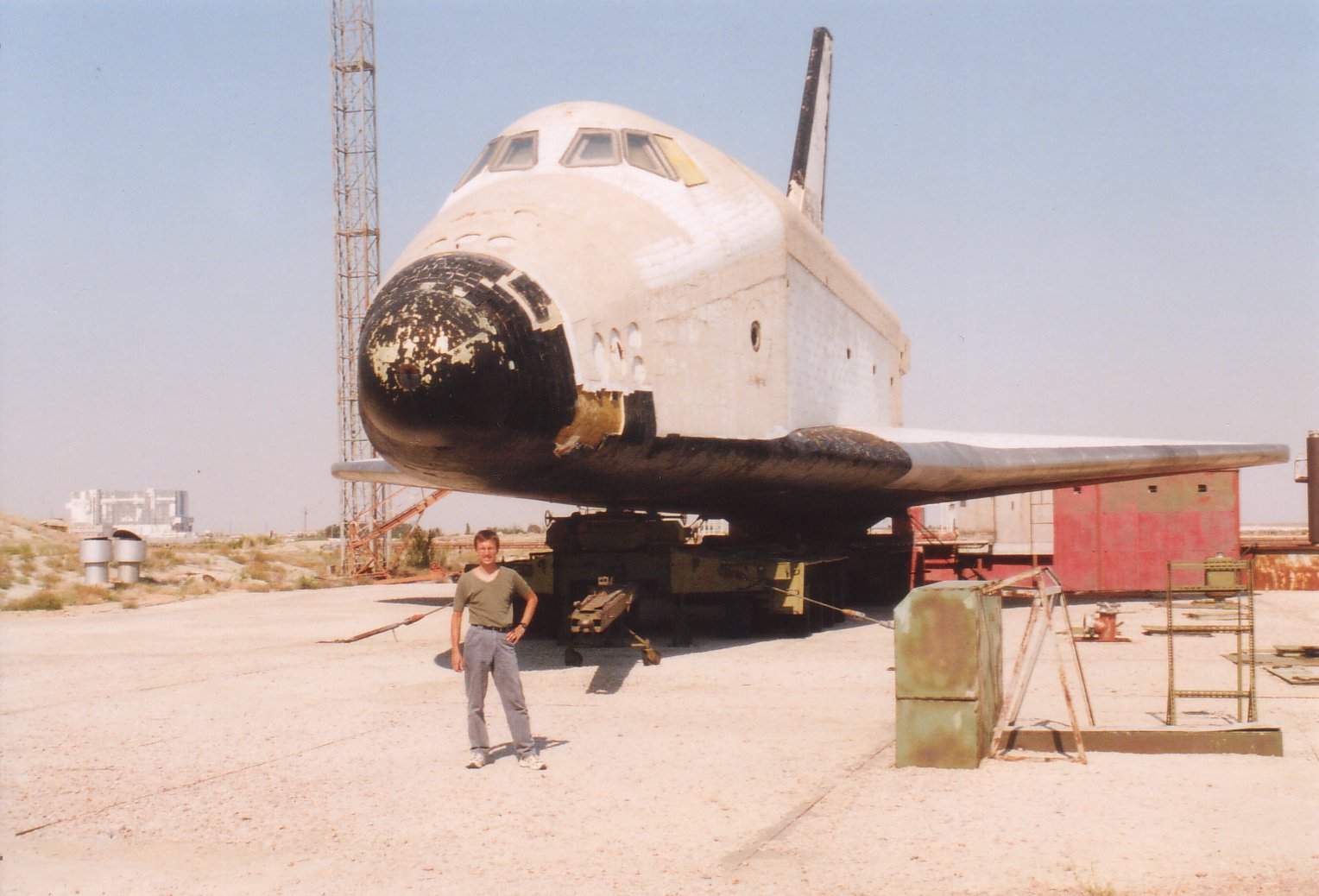

Journal Contributor Roland Speth writes:
Born on July 5, 1967 in Goslar, Germany, I graduated with a doctorate degree in Physics from Hannover University in 1997. Today, I am living with my girlfriend in Ulm, at the River Danube, and working in the medical branch of General Electric.
 Back in 1980, when I was 13, the first lunar landing felt to me as if it was ancient history. So ancient that I was wondering whether Armstrong, Aldrin, and Collins could still be alive. My search first took me to the local library where I got myself a copy of "First on the Moon" - the first book on spaceflight I ever read. After a few weeks, I had tracked down their current whereabouts, wrote each of them a nice letter - and finally received Armstrong's long-awaited reply with his autograph. It was so exciting!
Back in 1980, when I was 13, the first lunar landing felt to me as if it was ancient history. So ancient that I was wondering whether Armstrong, Aldrin, and Collins could still be alive. My search first took me to the local library where I got myself a copy of "First on the Moon" - the first book on spaceflight I ever read. After a few weeks, I had tracked down their current whereabouts, wrote each of them a nice letter - and finally received Armstrong's long-awaited reply with his autograph. It was so exciting!
Over the next few years, I litterally wrote hundreds of letters asking astronauts and cosmonauts around the world about their work and for their autographs. In 1984, I had the pleasure of meeting Charlie Duke who took half an hour to talk to me and my friend Martin about his experiences aboard Apollo 16. I still remember how kind he was to us, and how he made us feel welcome and important.
Over time, my interest in spaceflight grew more and more diverse facets. In 1983, I used my first home computer, a TI 99/4A to calculate when the shuttles and the Soviet space station Salyut 7 would pass over my home town of Hannover, Germany. I tape-recorded news broadcasts of the Voice of America as well as Radio Moscow on short-wave radio, just to keep up to date with events when news became more and more scarce on German television - and then the internet came, and brought so many new aspects with it.
Today more than ever, I have become interested in the history of spaceflight. In the past, I visited some of the sites that made history themselves: Germany's Peenemuende and the Mittelwerk, and Dresden where the Soyuz 31 descent module is now located, as well as the Baikonur Cosmodrome. They all became topics for my illustrated articles published in the popular "Spaceflight" magazine of the British Interplanetary Society of which I am a Fellow.
More recently, I became involved in a few projects that aimed to make historic NASA documents available in electronic formats, and made some contributions to the wonderful Apollo Lunar Surface Journal and Apollo Flight Journals. I feel honored that these contributions have become part of these great projects.
September 2002